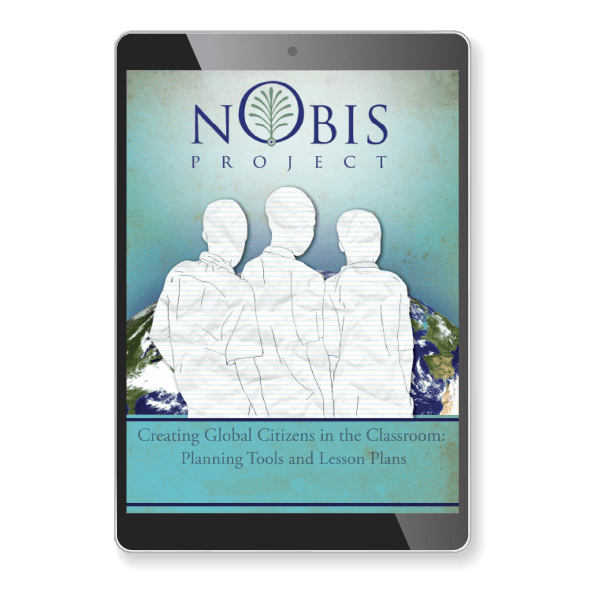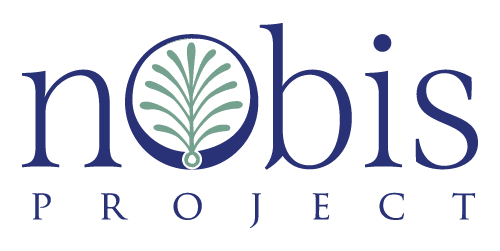Remote Oral History: Physically Distanced, Socially Connected
Lesson Plan
Grade Level: 5-12
Topics:

Oral history is the documentation of one’s personal perspective in the greater context of a local, regional, national, or global story. Studying oral history testimonies, humans can gain insight into past events that “public records, statistical data, photographs, maps, letters, diaries, and other historical materials,” alone, cannot reveal. Thus, oral history is a complement to traditional historical documentation, as it is a primary-source account of an event or events as one person lived them, and it can augment what other primary and secondary sources tell us about a time period. Oral history is a democratic process in that it gives equal importance to all people, whether they live in the public eye or are lesser known. As such, oral history affirms that every voice matters.
Remote oral history achieves the same effect as traditional oral history, even if circumstances make in-person interaction impossible or inadvisable, such as the global COVID-19 pandemic that has people around the world sequestered in their homes and physically distancing themselves from the rest of society. There are many ways to execute an oral history interview remotely, including web-based conferencing applications like Zoom and Skype, tools that allow for podcast-quality recording of video and/or audio. Both Zoom and Skype allow for video interviewing as well as call-in access via a phone number.
The recordings that these types of services capture can be saved on a local disk or cloud-based server and imported into editing software for trimming, composing, and curating archival-quality oral histories. Remote oral history allows people to make personal, human connections when they most need them and helps to highlight the lives of community members in a way that reflects the current reality.
Download this resource to learn one way to capture oral history remotely.
Lesson plan developed by Nobis Project. All rights reserved.
